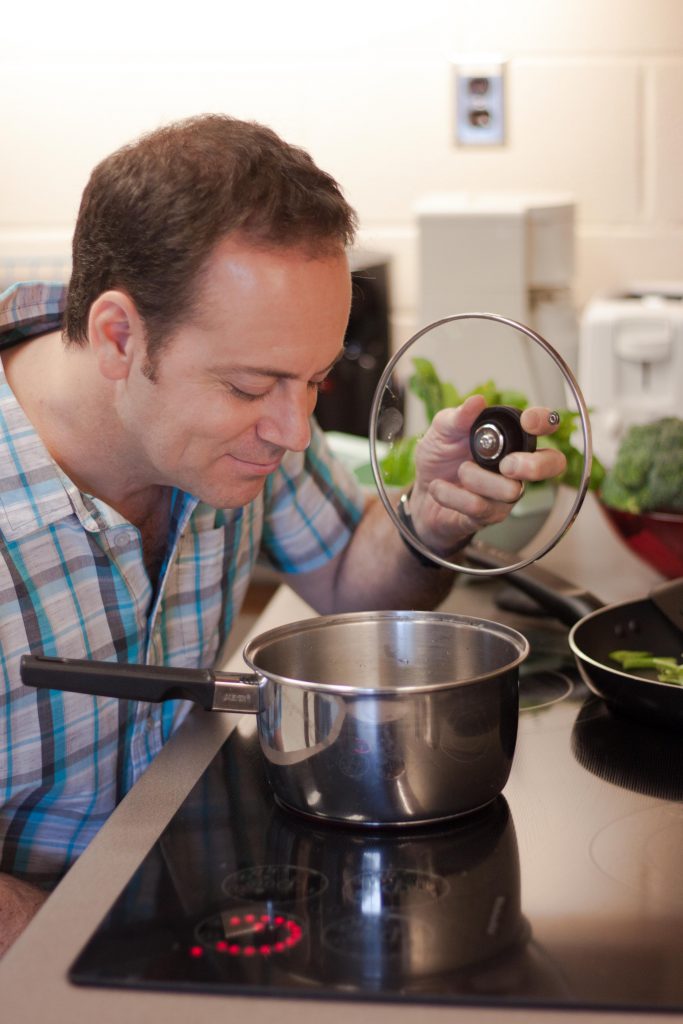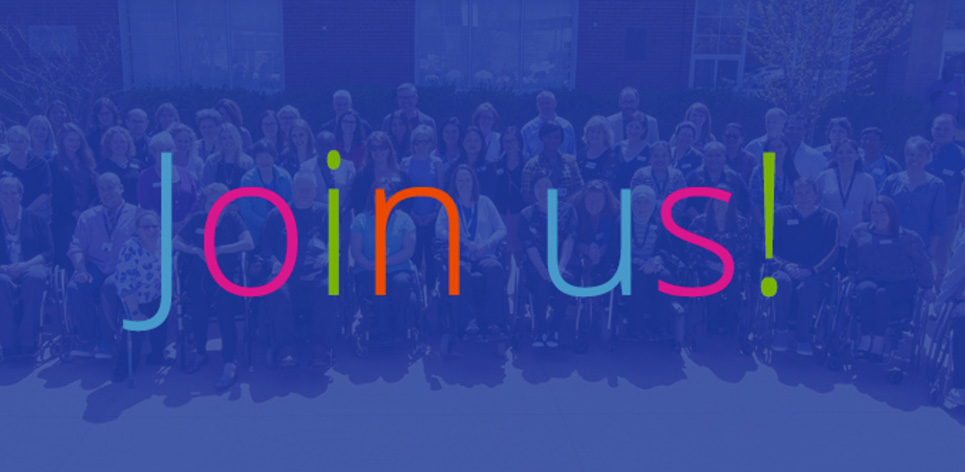
Kitchens can be tough to navigate for just about anyone. Who hasn’t burnt a roast or reached too close to a hot element? Not to mention that this busy space is known for slops, spills and drops.
For wheelchair users, the kitchen can be even more of a challenge. What may have been slightly hard to reach while standing can now seem miles away. Bending low to pull a pan out of the oven was always uncomfortable and may not now be possible.
There are small changes to your kitchen that offer big payoffs. Whatever your unique mobility issues, the tips below can make kitchen use and meal prep easier and more enjoyable.
First considerations
Ground your approach to kitchen modification in your personal needs and desires. Are you an accomplished chef or a re-heater? What tasks do you perform most often? Are you the only kitchen user or do you have help? Also consider what you can manage in terms of strength and fatigue – your occupational therapist and health team can perform an assessment. There are no one-size-fits-all accessibility solutions. What matters is what you want to achieve and can manage comfortably.
Assistive devices
There are many devices available for just about every kitchen activity, like reaching (a stove knob, a high shelf), gripping (knives, jar lids) and handling hot pots. There are special use tools, especially for slicing, peeling and chopping. It’s likely that there are devices to help with the tasks you do most, making meal prep simpler.
 Simple tweaks to an existing kitchen
Simple tweaks to an existing kitchen
Number one would be to rearrange the content of your kitchen so that what you use most is within reach. A second tweak is to take the doors off lower cabinets, especially under the sink. Also, if possible, add a new work station, perhaps a small table at the right height for you and your chair. Another simple tweak is a pull-out chopping board that tucks away when not in use and becomes an additional work top when needed.
Kitchen remodelling options
Two remodelling options are to add upper cabinets on hydraulic cylinders that can be easily pulled down and eliminate lower cabinets in more areas to allow for wheeling in under the counter. If outright replacing some of the countertops is an option, measure the height that works best for you. And if you don’t have a good pantry, add one with a lot of middle-range reach.
What about appliances?
A cooktop and wall oven make it easier to reach both. Even simpler, buy a counter-top toaster oven or a combined microwave and convection oven, which frees up space by offering two functions in one. Last, a fridge with a bottom freezer is a great option, as the fridge doors clear the knees nicely. Plus, this style offers considerable access to both the freezer and a large area of the fridge.
I’ll leave you with a final thought: If you enjoy meal prep, do everything you can to make your kitchen a joyful place. If you don’t, focus mainly on accessing the areas you need the most, like the fridge and microwave. Either way, your kitchen can become a happy space in your life.
With her bachelor of science in occupational therapy and diploma in architectural technology, Kathy Pringle provides specialized assessment and services in home modifications for people with disabilities.
Cortree Disability Education Centre features an entire course focused on Kitchen Accessibility. Register today for access to the full curriculum (free for SCIO core members and their families!)


